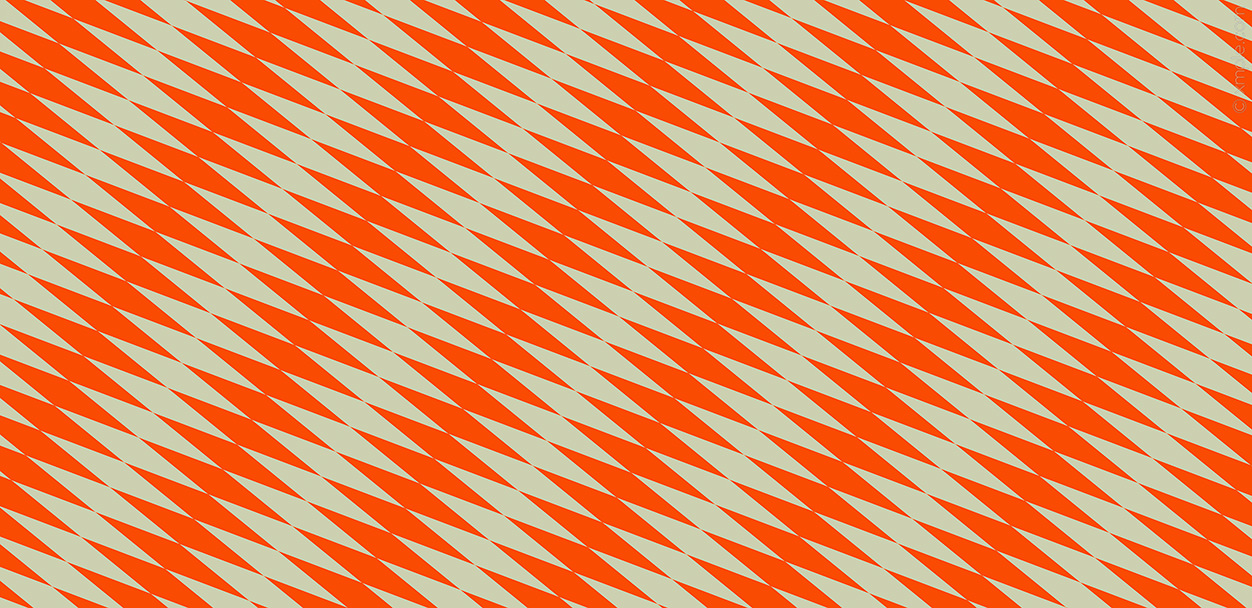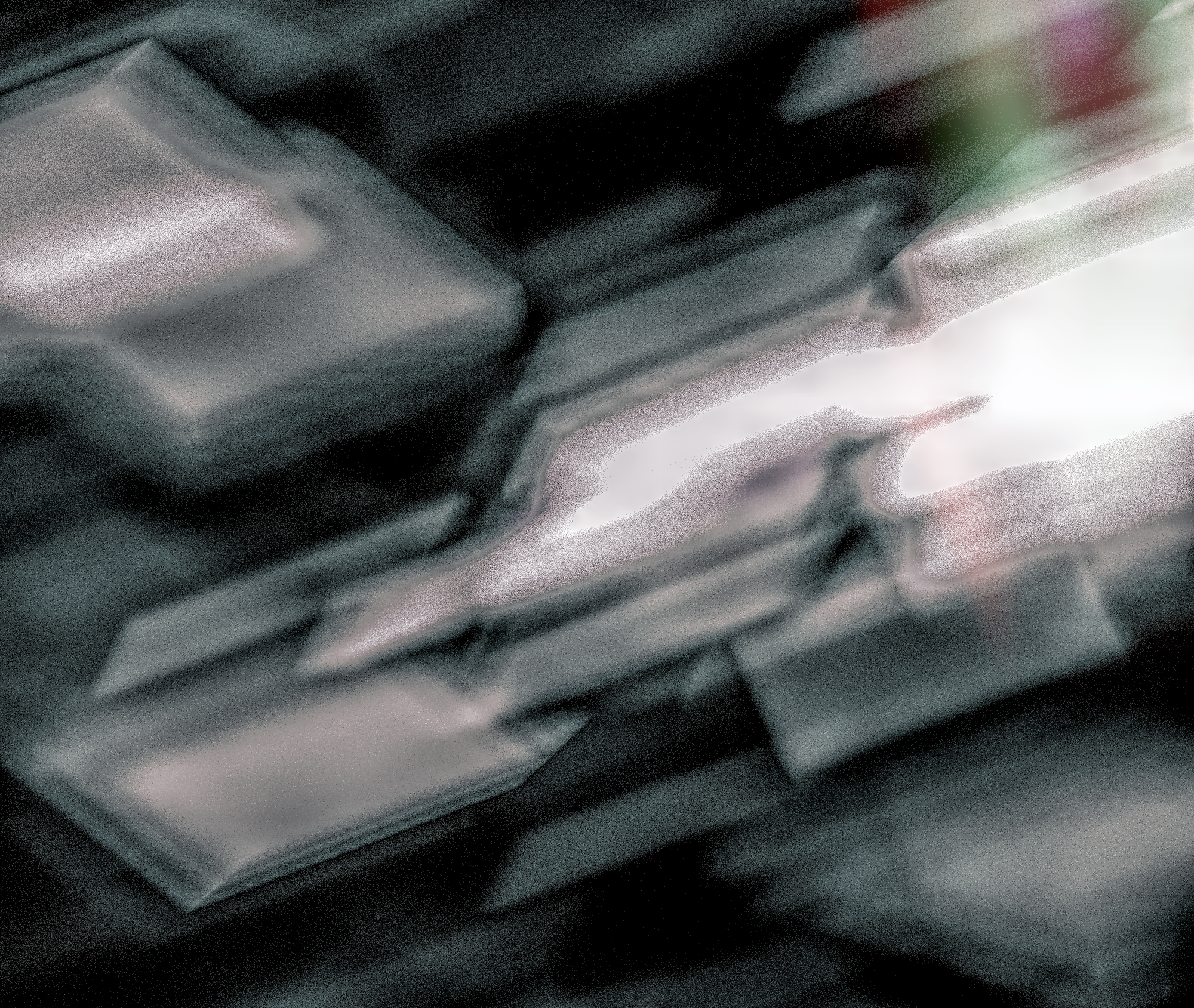



William Charles Uricchio is an American media scholar and Professor of Comparative Media Studies at the Massachusetts Institute of Technology and Professor of Comparative Media History at Utrecht University in the Netherlands.
Together with Katerina Cizek, and with the generous support of the MacArthur and Ford foundations, I’ve just finished a major field study on co-creation entitled Collective Wisdom. It addresses the process of making media with people, rather than for or about them. It’s a wide-ranging study, and in addition to addressing co-creation with face-to-face and on-line with communities, across disciplines and organizations, and with biological organisms, the study takes up working with AI not as a mere ‘tool’ but as a creative partner. This focus on methodology, on how we create, is both a defining element of our Co-Creation Studio and complements MIT’s Open Documentary Lab and its work with storytellers, technologists, and scholars on the new arts of documentary. The co-creation initiative is geared toward enhancing equity and justice, and we’ve embarked on a series of workshops to better understand its operations in the media space with topics ranging from ‘devil robots’ in Bolivia, to Indigenous epistemologies in Canada, to deepfake with tech and activist partners.
I’ve also been working with a group of Dutch colleagues on an important initiative called PublicSpaces. The idea is to revive public service (as in “public service broadcasting”) and extend it into on-line spaces. By partnering in the first instance with European broadcasters, public libraries, archives, museums, universities, and more, we hope to create robust repositories of cultural materials and layer them with data-safe social media. Our starting point is that public culture should stay public, and this will take considerable effort and creativity. The initiative is generating interest across a number of nations, and has led to interesting debates on governance and data. Data, of course, are inherent to Internet operations; the question is, can we deploy data in ways that do not encroach on privacy? The data imaginary has been colonized by a technocratic order, and garbed in the discourse of ‘professionalism’ and ‘best practices’. We’re trying to step outside this framework and develop critical and creative alternatives that scale.

“ …we hope to create robust repositories of cultural materials and layer them with data-safe social media.
On a related front, I’ve been working with a global consortium of archivists on the future of audio-visual archives in the digital era thanks to an initiative of the Netherlands’ Institute for Image and Sound. At a moment where – globally speaking – government support for digital heritage is scant and commercial solutions from Google and other corporate players are filling the void, the fate of public memory is endangered. Archivists and politicians seem largely to agree that a massive intervention is necessary, and that the cost will be daunting. In my part of the project, I’ve been exploring inspiring alternatives like the Internet Archive that demonstrate that creative, capable, and affordable alternatives are not only possible, but currently in use – and we need to learn from them. Again, my interest turns on re-thinking and finding new approaches to the preservation of and public access to digital culture … to keeping public memory public!
Finally, in my research time, I’ve been developing alternate approaches to mainstream notions of narrative, which, I argue, have an inherent media bias. Today’s dominant theories derive from situations in which ‘fixed’ narratives are appended to ‘fixed’ media such as books and film. But how should we think about the variable narratives that emerge from encounters with ‘unfixed’ interactive media such as VR or AR, interactive texts, or AI-driven systems – as somehow ‘instable’? as deformations? I’ve been exploring the ephemeral and improvisational narrative forms evident in things like play and what Italian cultural historian Carlo Ginsberg calls the venatic tradition – hunting. Here, narrative is something that emerges from our behaviors as hunters/gatherers rather than something that we consume in the marketplace of ready-mades. I’ve been using the contrast between ‘storytelling’ and ‘storyfinding’ to help articulate this difference; and this work has brought me ever-closer to the domain of algorithmically-generated stories, that is, responsive story systems. This work is both theoretical and empirical – thanks to a research partnership with the International Documentary Festival Amsterdam’s DocLab, where I’ve been able to explore the experiences of makers and audiences with technologies such as VR and AI.
I think there are two ways to address this question. If we think of the digital, algorithms, and AI simply as tools, the key social and aesthetic responsibilities of art – and the artist – basically align with those associated with precedent tools. Today’s concern over developments such as ‘deepfake’ say more about our naivete regarding the photograph (always selective, always a construction) than anything else. Our collective naivete continues and the consequences of manipulation can be profound, but the ethical burden essentially aligns with those of past representational practices.
But on a second level, particular configurations of algorithms and AI can be put to recursive use; that is, they select and shape their representational work in response to a ‘reading’ of the viewing subject. That ‘reading’ is based on data trails that the subject generates, trails that are selectively parsed and rendered valuable. An ordinary Google search responds to the user’s location, language preference, previous search history, and other markers to shape the sequence of results. This recursive capacity represents something new and not fully anticipated in the cultural protocols that we’ve developed over the centuries. And it’s about to become profound. As I write this, we are still grappling with the gaming of social media and the implications of micro-targeting and responsive systems. Soon, VR goggles designed for foveated rendering will hit the market. This breakthrough in efficient world-rendering has obvious affordances – but eye-trackers will both reveal the user’s interests (and responses, since heartrate is also visible in pupillary dilation) and serve as a possible ‘navigator’ through narrative possibility. Emergent technologies are about to put us in the position of cats chasing points of laser light – as they learn about and exploit our reflexes. And obviously, we need to think seriously about the ethical and aesthetic implications of these possibilities. The question is, from what position? The legacy of the Enlightenment, with its clearly defined subject-object divisions? Or from some yet-to-be-determined perspective that incorporates recursiveness and conditions like ‘in-betweeness’ in its remit? This is one of the defining questions of our time, revealing as it does the underlying epistemological uncertainties that have been hard-wired in our media systems.
“ Emergent technologies are about to put us in the position of cats chasing points of laser light – as they learn about and exploit our reflexes.
Art has long claimed pride of place as a site of or trigger for the sublime, but I disagree. Some of my most sublime experiences have been invoked by encounters with the world. I take the experience of the sublime to be a condition of the subject, not a quality of the object, and for that reason, the digital is no better or worse than any other expressive modality … though its narcissistic potentials are unequalled!
Humans have crafted art of stone, color, sounds, language, movement … and data seem to fit right in. In my lab at MIT, we’ve been exploring documentaries that use neither photographic images nor sound, but instead rely on various configurations of data. As ways to represent and express, data – in whatever form they take – seem appropriate for aesthetic interrogation and deployment. There are, of course, many notions of art; I’m fond of approaches that defamiliarize, that help us to see in new ways. And data certainly have that capacity. Will art be the sole means by which we may see the register of the world? I think not. Philosophy remains a discursive domain that would seem to address this remit; and depending on one’s notion of the world – as a biochemical entity, a material entity, and so on – there may well be other discursive domains capable of doing the deed. Like a slice through an orange, each reveals something of the world, while occluding other modes of seeing. And in the aggregate, more slices, squeezes, and dissection offer greater insights into the complexities of the whole.
…
I’ve mentioned my expectation that we can expect some technological advances that will enable personalized narratives. Foveated rendering and advances in eye-tracking will enable text systems to anticipate and respond to our interests, even if as primitively as automatically pathing us through branched narratives based on our gaze. The trend of disaggregation through personalization will only grow stronger. 2055? I wouldn’t be surprised to see a circumvention of screen culture thanks to the hacking of our wetware. Huge advances are taking place in neural stimulation, and if we manage to avoid pandemics, climate crisis, the inevitable collapse of an exponentially-growing population, and collisions with asteroids, I expect that something like the dream state will be programmable and on-demand.
“ …eye-tracking will enable text systems to anticipate and respond to our interests
We inhabit a cultural position not unlike those in the late 15th Century that lived through the introduction of print culture. The many associations that we have with the introduction of this new medium – the spread and standardization of knowledge, the comparison and improvement of information, the charting of the world and its exploration – need to be reconsidered in light of the sometimes painful, sometimes misguided, sometimes absurd of print during its first hundred or so years. Adrian Johns makes a good case, and I see many parallels to our present age in which we approach the affordances of networked digital culture through the mentality of the previous era. We are backing into the future with our obsolete intellectual property laws, our notions of embodied and centralized power, of extractive profit through surplus labor, and our use of the digital to accelerate the flawed practices of the past.
The folks who explored the affordances of print survived, even if the combination of the printed word and literacy led to a transformation of the cultural order. It was a period of glacial change compared to what Moore’s Law has wrought, and that puts great pressure on the experimentation and inevitable mistakes that we need to make a cultural order of digital possibility. The historian in me wants to shout from the rooftops: interrogate the past! The activist in me wants to use the digital arts to reveal and interrogate the looming epistemological crisis, to provoke it and contextualize it. The academic in me wants to reflect critically on the process, and arm the next generation with framing strategies and tactics to accelerate the learning curve and enhance the chances of the species’ survival.